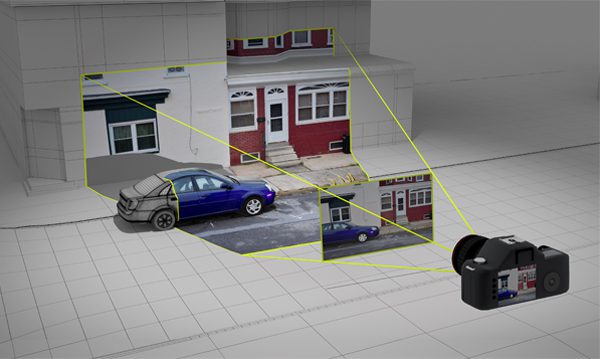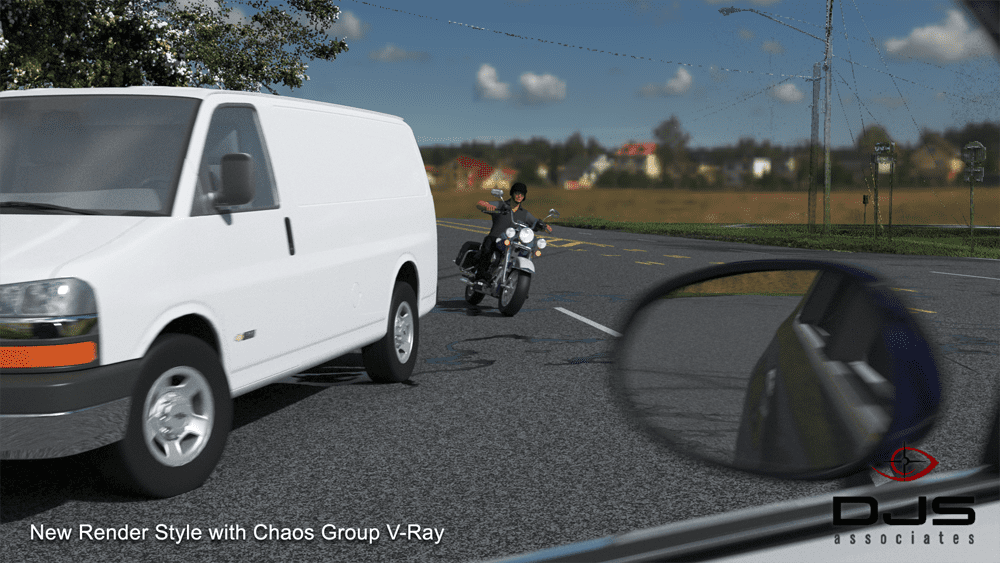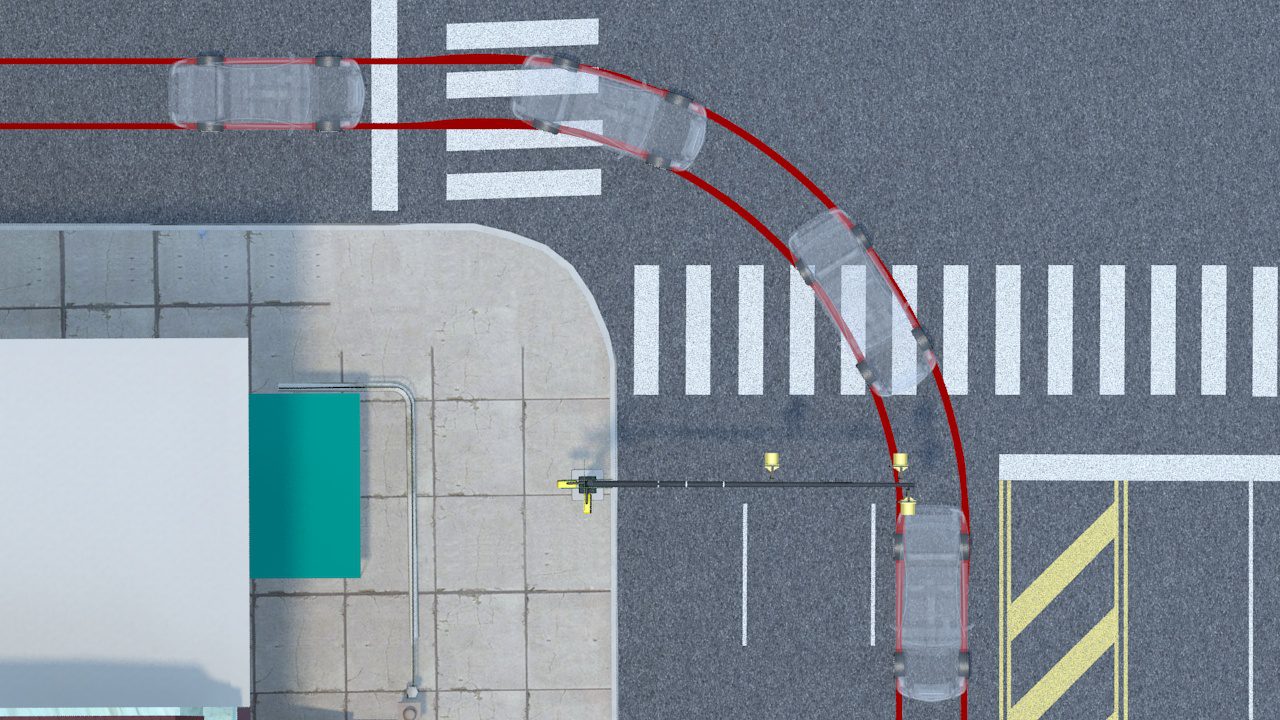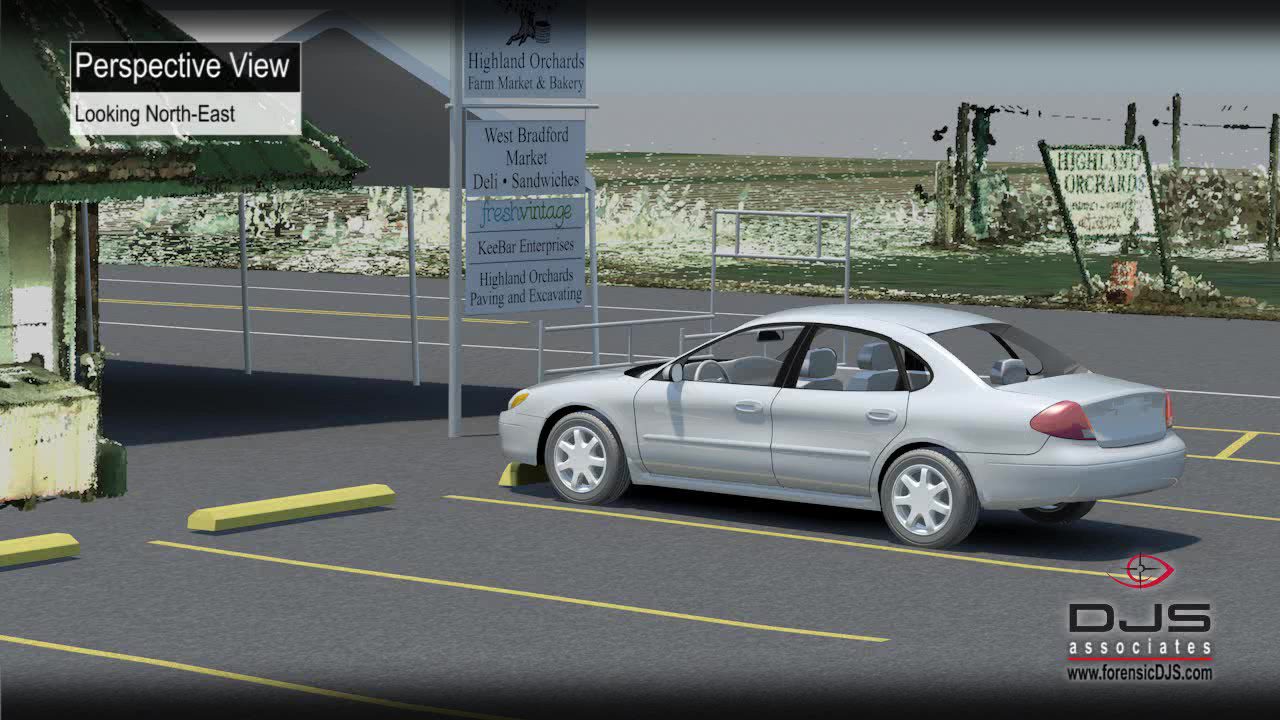Perception – Reaction – Braking

Hugh Borbidge, BSME, Director of Engineering Animations We, as vehicle operators, avoid collisions every day. We stop for red lights, brake when a car cuts us off, and…
Applying Photography, Video, 3D and other Expertise to Forensic Analysis

Laurence R. Penn, 3D Animations/Technical Assistant :::: At DJS Associates, we are often called upon to analyze surveillance videos to make a region of interest easier to identify or to…
DJS Engineering Animations

Laurence R. Penn, 3D Modeler and Animations Expert :::: When it comes to creating compelling, scientifically-based Computer-Generated Images (CGI), V-Ray from ChaosGroup is now the render engine of choice utilized…
Recreating Vehicle Movements: Update from our Engineering Animation Department

Hugh Borbidge, BSME, Director of Engineering Animations :::: There are many ways to re-create vehicle movement in a 3D computer environment. Some methods are better than others. We will talk…
The “Art” of Engineering Animations

Hugh Borbidge, Computer Animation Engineer :::: Item 101- Accurately Moving a Vehicle on the Computer Screen 3D engineers that do forensic work often times feel a little jealous when we…


